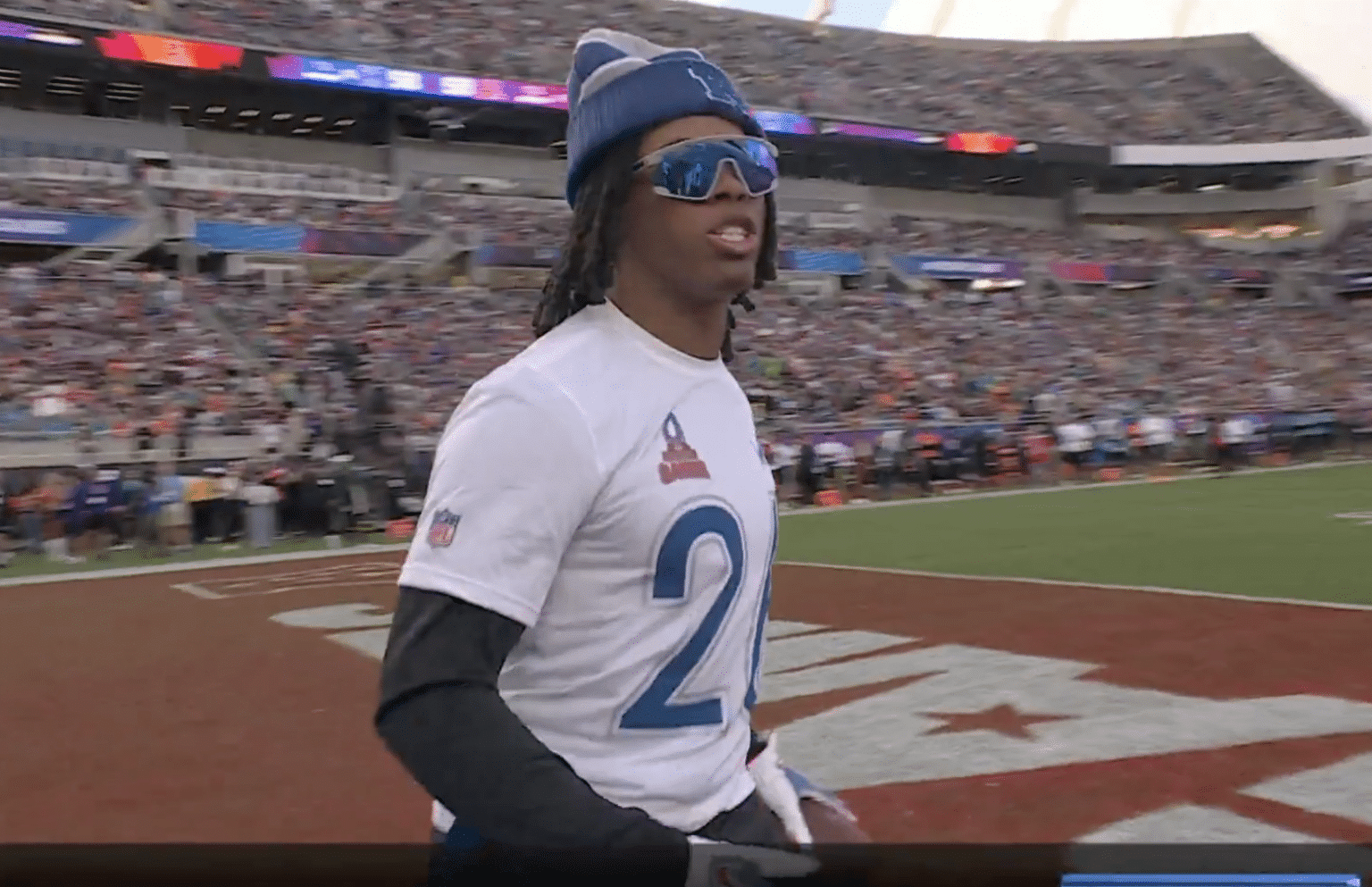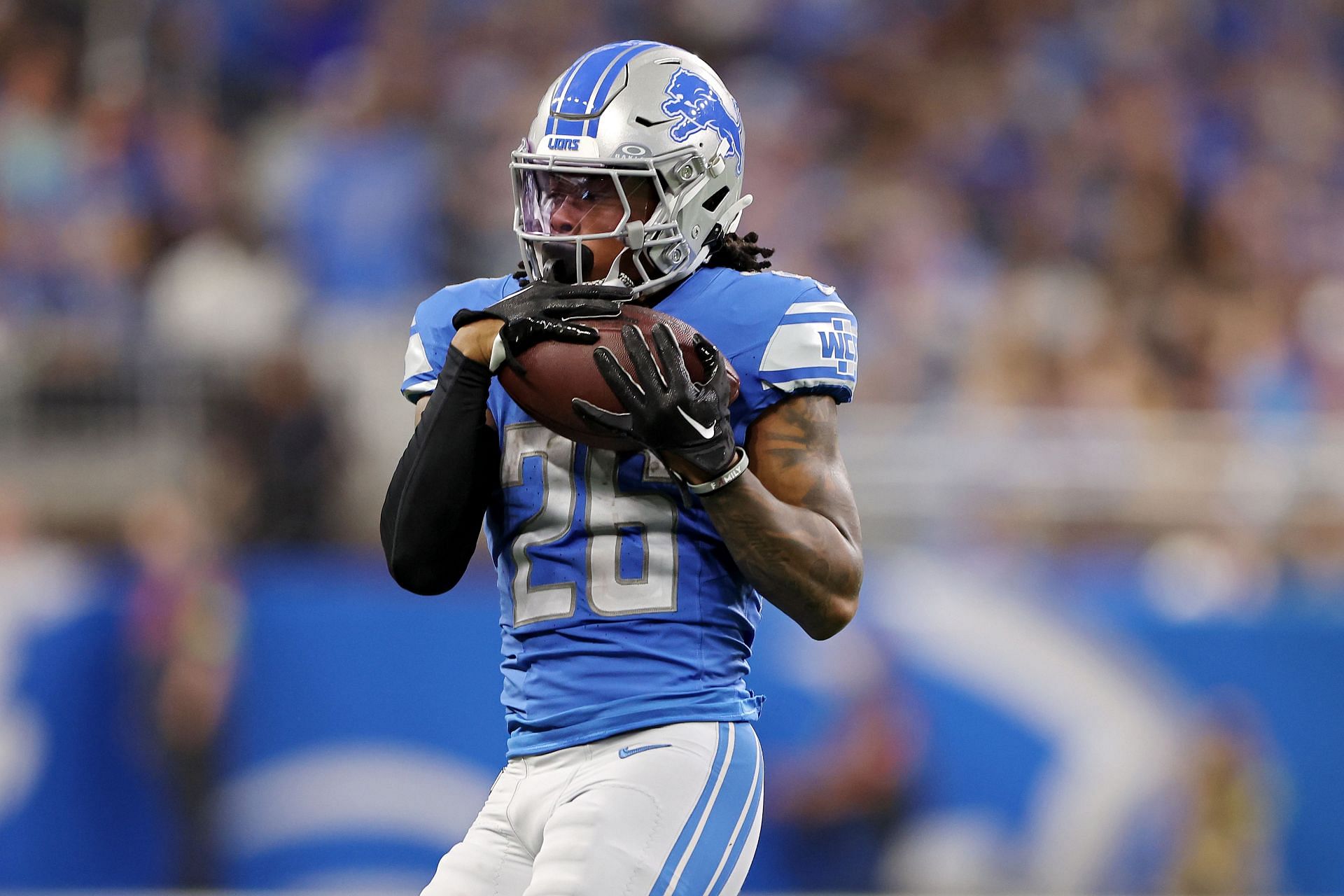Understanding Gibbs Injury

Gibbs injury, also known as a lateral epicondylitis, is a common condition affecting the elbow joint. It involves inflammation and pain in the tendons that attach to the outer part of the elbow, specifically the extensor carpi radialis brevis (ECRB) and extensor digitorum muscles. This injury is often caused by repetitive use of the wrist and forearm, leading to microtears and inflammation in the affected tendons.
Causes of Gibbs Injury
The most common causes of Gibbs injury are activities that involve repetitive wrist and forearm movements, such as:
- Tennis: The forceful backhand motion in tennis can strain the tendons on the outer elbow, leading to Gibbs injury. This is why Gibbs injury is sometimes called “tennis elbow.”
- Painting: Painters often use repetitive hand and wrist motions, putting strain on the tendons that can lead to Gibbs injury.
- Typing: Prolonged computer use, especially typing, can lead to repetitive stress on the wrist and forearm, increasing the risk of Gibbs injury.
- Gardening: Activities like weeding and digging involve repetitive wrist and forearm movements that can strain the tendons and contribute to Gibbs injury.
- Other Activities: Other activities that involve repetitive use of the wrist and forearm, such as carpentry, plumbing, and even playing musical instruments, can also lead to Gibbs injury.
Mechanisms of Injury
Gibbs injury occurs due to repetitive strain and overuse of the tendons attached to the outer elbow. This overuse can lead to:
- Microtears: Repeated stress on the tendons can cause tiny tears, known as microtears, in the tendon fibers.
- Inflammation: The body’s natural response to injury is inflammation. The microtears in the tendons trigger an inflammatory response, causing pain and swelling.
- Degeneration: Over time, the repetitive strain and inflammation can lead to degeneration of the tendon fibers, weakening the tendon and making it more susceptible to further injury.
Anatomical Structures Affected, Gibbs injury
Gibbs injury primarily affects the tendons that attach to the lateral epicondyle of the humerus, the bone on the outer side of the upper arm. These tendons include:
- Extensor carpi radialis brevis (ECRB): This tendon helps to extend and abduct the wrist.
- Extensor digitorum: This tendon helps to extend the fingers.
Symptoms and Diagnosis of Gibbs Injury

A Gibbs fracture, also known as a Gibbs injury, is a specific type of fracture affecting the scaphoid bone in the wrist. It is characterized by a break in the waist of the scaphoid, which is the narrowest part of the bone. Understanding the symptoms and diagnosis of a Gibbs injury is crucial for timely and effective treatment.
Common Symptoms
The symptoms of a Gibbs injury can vary depending on the severity of the fracture. Common symptoms include:
- Pain in the wrist, especially when gripping or twisting the hand
- Swelling around the wrist
- Tenderness over the anatomical snuffbox, a depression on the thumb side of the wrist
- Difficulty moving the wrist or fingers
- A feeling of instability in the wrist
It is important to note that these symptoms can also be associated with other wrist injuries, so a thorough evaluation by a healthcare professional is essential for accurate diagnosis.
Diagnostic Methods
Confirming a Gibbs injury typically involves a combination of physical examination and imaging techniques.
Physical Examination
A physical examination involves assessing the patient’s symptoms, examining the wrist for tenderness and swelling, and assessing the range of motion.
Imaging Techniques
Imaging techniques play a crucial role in diagnosing a Gibbs injury and determining its severity.
- X-rays: Initial X-rays are often the first step in diagnosing a Gibbs injury. However, in some cases, a Gibbs fracture may not be visible on initial X-rays, especially if it is a small fracture or if the fracture line is oriented in a way that is not easily captured on the image.
- MRI: Magnetic resonance imaging (MRI) is a more sensitive imaging technique that can detect even subtle fractures that may not be visible on X-rays. MRI is often used to confirm a Gibbs injury, especially if initial X-rays are inconclusive.
Comparison with Other Conditions
The symptoms of a Gibbs injury can be similar to other wrist injuries, such as a sprain or a fracture of another bone in the wrist. To differentiate a Gibbs injury from other conditions, a healthcare professional will carefully evaluate the patient’s symptoms and perform appropriate imaging tests.
Sprain
A sprain is a stretching or tearing of ligaments, which are the tissues that connect bones. Sprained wrists often cause pain and swelling, but the pain is usually less intense than in a Gibbs fracture.
Other Wrist Fractures
Other fractures in the wrist, such as a fracture of the radius or ulna, can also cause pain and swelling. However, the location of the pain and tenderness will differ depending on the specific fracture.
In cases where the diagnosis is uncertain, additional imaging tests or consultations with a specialist may be necessary to rule out other conditions.
Treatment and Management of Gibbs Injury

Treating a Gibbs injury involves a multi-faceted approach, aiming to reduce pain, restore mobility, and prevent long-term complications. The treatment strategy depends on the severity of the injury and the individual’s overall health.
Conservative Management
Conservative management is the initial approach for most Gibbs injuries, focusing on rest, immobilization, and physical therapy. The goal is to reduce inflammation, promote healing, and gradually restore function.
- Rest: Avoiding activities that aggravate the injury is crucial. This may involve using crutches or a walker for support and limiting weight-bearing on the affected limb.
- Immobilization: Depending on the severity of the injury, a cast, splint, or brace may be used to immobilize the affected joint and prevent further damage. This helps the injured tissues heal properly.
- Physical Therapy: Once the initial inflammation subsides, physical therapy plays a vital role in regaining strength, flexibility, and range of motion. Exercises focus on strengthening the muscles around the affected joint, improving joint mobility, and restoring normal gait.
Surgical Intervention
In cases of severe Gibbs injury, surgical intervention may be necessary to address complex fractures, ligament tears, or nerve damage. The specific surgical procedure depends on the nature and extent of the injury.
- Open Reduction and Internal Fixation (ORIF): This procedure involves surgically aligning the fractured bone fragments and securing them with plates, screws, or other implants. This is often used for complex fractures that cannot be adequately treated with conservative methods.
- Ligament Reconstruction: If the ligaments are severely torn, surgical reconstruction may be required to restore stability to the joint. This involves using grafts from other parts of the body to repair the damaged ligaments.
- Nerve Repair: If the injury involves nerve damage, surgical repair may be necessary to restore nerve function. This involves suturing the damaged nerve ends together, allowing them to regenerate.
Rehabilitation Process
Rehabilitation after a Gibbs injury is essential for regaining full function and preventing long-term complications. The process typically involves several stages, with the duration varying depending on the severity of the injury and individual factors.
- Early Rehabilitation: This stage focuses on reducing pain and inflammation, promoting healing, and restoring basic mobility. It may involve rest, ice, compression, and elevation (RICE) therapy, gentle range-of-motion exercises, and pain management strategies.
- Intermediate Rehabilitation: As healing progresses, the focus shifts to strengthening the muscles around the affected joint, improving joint stability, and regaining functional mobility. This may involve resistance exercises, balance training, and proprioceptive exercises (exercises that help improve coordination and balance).
- Advanced Rehabilitation: Once the individual has regained sufficient strength and mobility, the focus shifts to functional training and return to activities. This may involve sports-specific training, gait retraining, and gradually increasing activity levels to a pre-injury level.
It’s tough to see any player go down with an injury, and Gibbs’ injury is no exception. The impact of injuries on a team can be huge, and it’s especially tough when it’s a key player like Gibbs. We all remember how the jahmyr gibbs injury affected the Lions last season, and hopefully, this time around, the team will be able to weather the storm and get Gibbs back on the field soon.
It’s always a bummer to see a talented player like Gibbs go down with an injury. I’m hoping it’s nothing serious, and he can get back on the field soon. It’s worth checking out jahmyr gibbs if you want to see what a real game-changer looks like.
I know Gibbs is itching to get back to that level of play. Hopefully, we’ll see him back in action soon.
